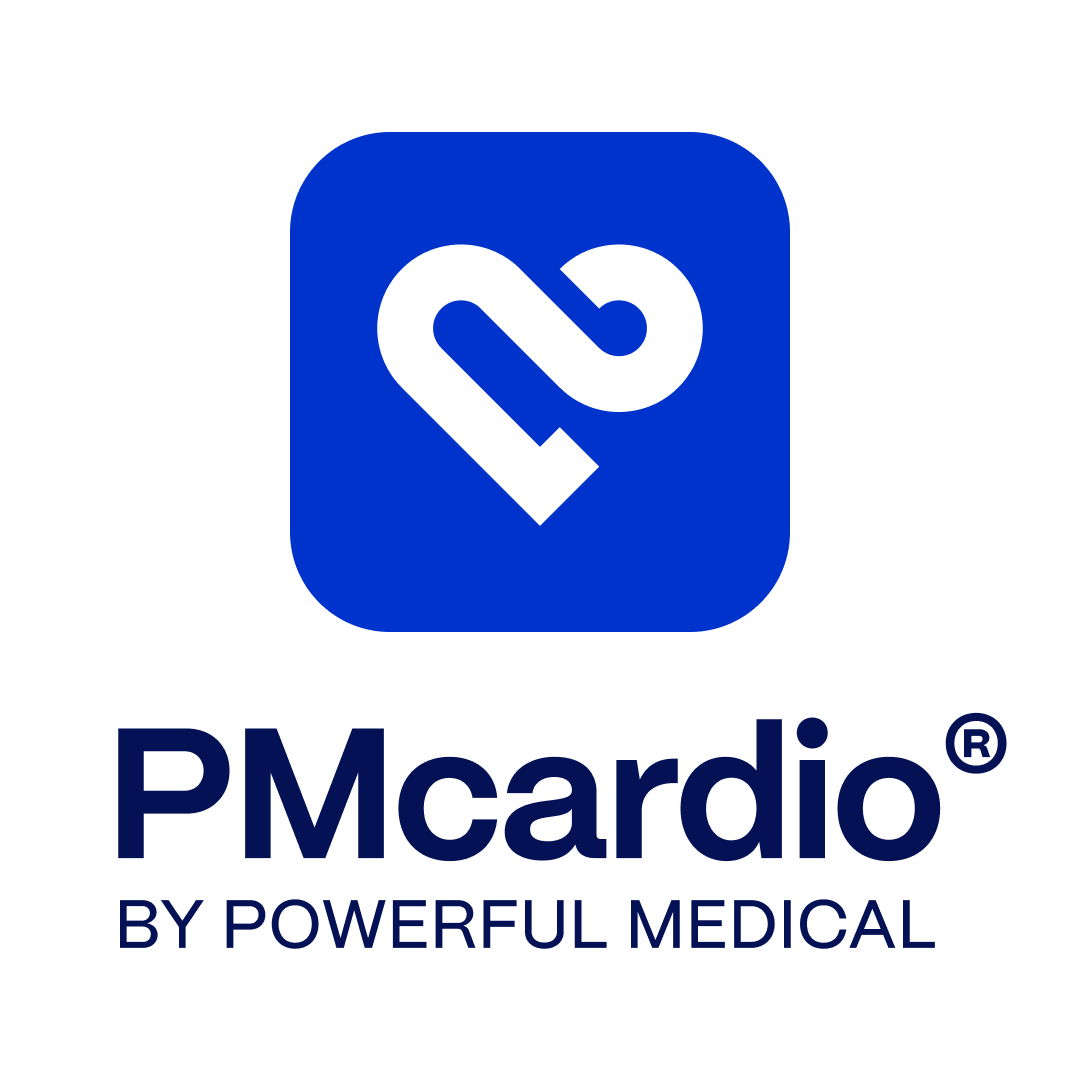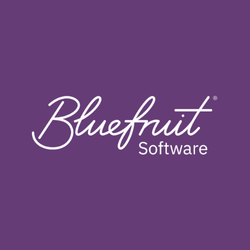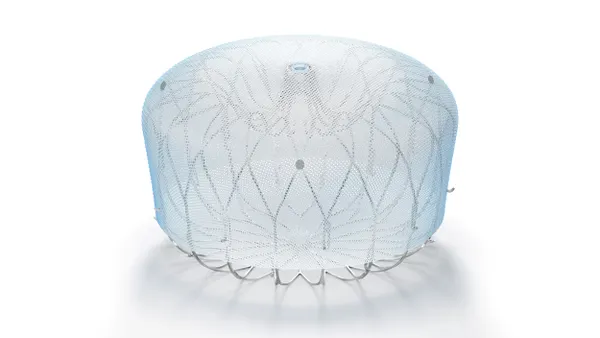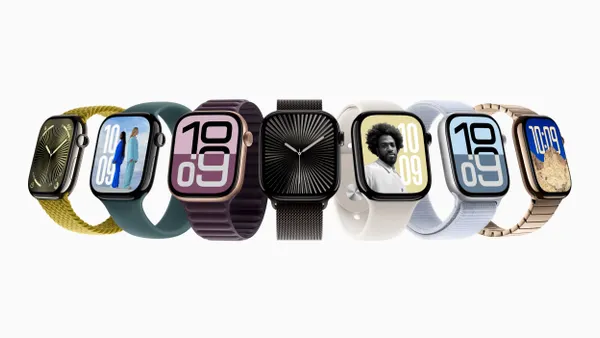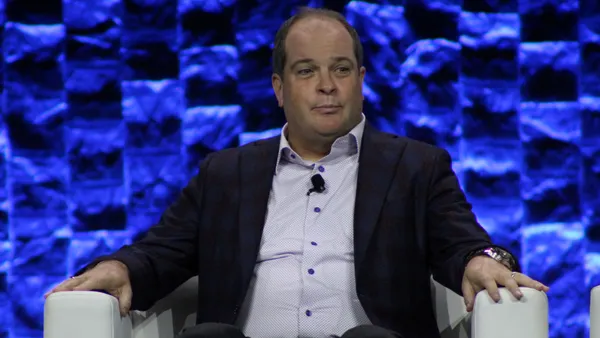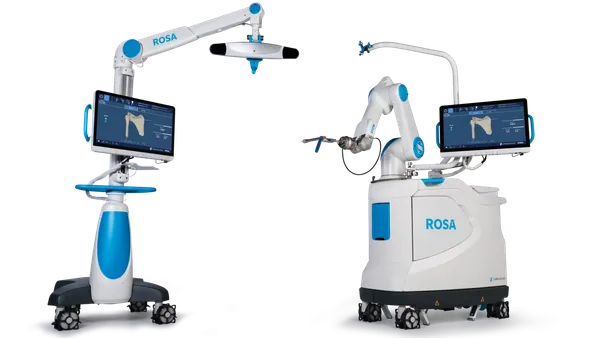Dive Brief:
- Performing elective upper and lower endoscopies on the same day, rather than scheduling the procedures on separate days, could improve care and save money, researchers at Johns Hopkins University School of Medicine said.
- The study, published in JAMA Internal Medicine, used Medicare claims data to identify patterns suggesting overuse of different-day scheduling, especially in cases when physician offices and freestanding ambulatory surgery centers did the scheduling.
- The analysis also found physicians who had a financial stake in an endoscopy facility were more likely to split the procedures into two visits.
Dive Insight:
Endoscopy involves the use of a fiber-optic camera inserted either through the mouth to scan the esophagus, stomach and small intestines of the upper gastrointestinal tract or through the anus to examine the large intestine, colon and rectum.
Same-day scheduling of elective upper and lower endoscopic procedures can help lower healthcare costs and avoid risks from repeated sedation and blood-draws, the Johns Hopkins researchers said. The second booking of an endoscopy suite increases costs due to the additional physician and facilities fees, the study said.
The Johns Hopkins researchers looked at upper and lower endoscopies in three types of outpatient settings, conducting a retrospective analysis of Medicare claims between January 1, 2011, and June 30, 2018 for beneficiaries who had both procedures within 90 days of each other at hospital outpatient departments (HOPDs), freestanding ambulatory surgery centers (ASCs) and physician offices. The study examined 4,028,587 procedure pairs in total.
Patients were more likely to get different-day procedures at physician offices and ASCs compared to HOPDs, the study found. The rate of different-day procedures was 13.6% for HOPDs, 22.2% in ASCs, and 47.7% at physician offices. For the 7,564 physicians who practiced at both HOPDs and ASCs, the different-day procedure rate increased from 14.1% at HOPDs to 19.4% at ASCs. For the 993 physicians who practiced at both HOPDs and physician offices, the different-day procedure rate rose from 15.8% at HOPDs to 37.4% at physician offices.
The number of different-day procedures decreased in all three venues from 2011 to 2018, but the drop was less than 10% for each, suggesting low-value care associated with these rates was not significantly improved over the seven years, Martin Makary, senior author of the study and a professor of surgery at the Johns Hopkins University School of Medicine, said. Makary also serves as principal investigator of Improving Wisely, a national project to lower U.S. medical costs.
The Johns Hopkins study also found that patients who got different-day procedures at ASCs and physician offices were slightly older than those at HOPDs. Patients treated at physician offices were more likely to live in metropolitan areas and the Northeast.
“Physician offices and ASCs had much higher different-day procedure rates compared with HOPDs. This disparity may represent an opportunity for quality improvement and financial savings for common endoscopic procedures,” the study concluded.
The Johns Hopkins researchers proposed that physicians who have a high rate of scheduling different-day elective upper and lower endoscopies in the same patient be shown their performance data relative to their peers who are caring for a similar patient population. "This standard should be used as a meaningful measure of low-value care," Makary said.





